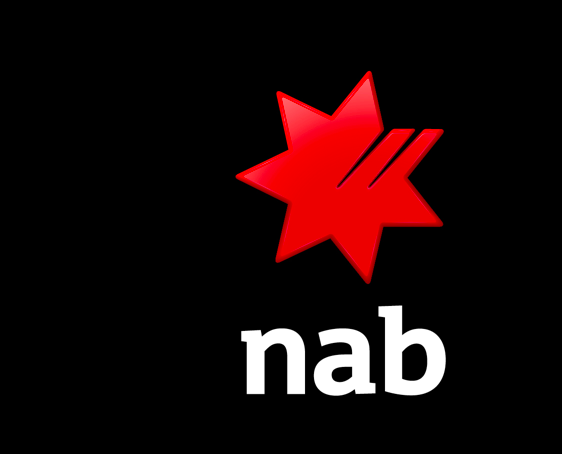
Opinion: National Australia Bank’s miserable effort at making payments cheaper for small businesses highlights how the bank seems predisposed to smothering its large merchants with the best deals while short-changing its SME customers with the worst.
The head of the RBA’s payments department, Ellis Connolly, spilt the latest dirt on NAB’s shoddy rollout of least cost routing to small retailers on Tuesday, when he revealed that the service had been made available to only 55 per cent of the bank’s 160,000 merchant customers.
The poor look for Australia’s largest small business bank was compounded by Connolly’s additional disclosure that only 14 per cent of the merchant base was harvesting the benefits of LCR.
The revelation that only a fraction of NAB’s merchant base uses least cost routing came as no surprise to payments experts who have been monitoring the tortuous debut of LCR over the last five years.
In 2020, NAB stunned members of the House of Representatives economics committee when it disclosed that only 1100 of its small merchants were using least cost routing.
That equated to less than 0.6 per cent of the bank’s 160,000 merchants at the time.
Least cost routing is a service that allows retailers to direct contactless debit card transactions to the cheapest payments processor, which for most local retailers is the Australian-owned Eftpos network.
LCR enables merchants to override the default routing decisions of the major banks that steer contactless payments to the Visa and Mastercard platforms, which on average levy much higher fees on retailers than Eftpos.
On almost every measure NAB is the worst performer among acquiring banks on the delivery of cheaper merchant fees to small merchants.
Today, every merchant customer at Westpac and Suncorp is able to access least cost routing.
The service has the potential to deliver large savings on the payments acceptance costs of small businesses and a wider efficiency benefit to the Australian economy.
While the Reserve Bank for the last five years has tried to jawbone the major banks into offering LCR to retailers, banks such as NAB have resisted introducing it because it threatens the fatter fees they collect from having debit transactions processed by Visa or Mastercard.
Critics of the major banks have also speculated that their long-term and formal strategic alliances with the global card schemes – like NAB’s ten year deal with Visa – have influenced their decisions to delay the rollout of LCR.
Although this observation is debatable, there’s no downplaying NAB’s leaden-footed and shameful rollout of least cost routing, especially given that it was the first major Australian institution to demonstrate the benefits of the service five years ago.
Back in March 2018 NAB jumped at an opportunity to support the war on costs at Chemist Warehouse when its boss Jack Gance picked up the phone and directed the bank to get cracking on an LCR pilot.
NAB later rolled out a full-blown LCR service to Chemist Warehouse outlets across the country and then did the same for another large corporate – BP.
While NAB was first to market with LCR for its blue chip customers it was also the last of the major banks to market in September 2019 with a restricted and highly conditional service offer for small businesses.
Even when the bank began rolling out LCR for small retailers towards the end of 2019, it restricted the availability of the service to only those merchants using an Ingenico Move 5000 terminal.
That was a poor start given that most of NAB’s merchants were using other terminals.
At the time, the bank wasn’t able to extend the capability to merchants who were using popular terminals such as Verifone and NAB MPOS machines.
Not much has really changed since 2019, with NAB yet to complete an overhaul of the Verifone and MPOS fleets to include LCR capability.
NAB was also able to delay merchant adoption of least cost routing by refusing to bundle the service with standard merchant plans.
This meant that NAB merchants have had to specifically request the service if they wanted to harvest the cost savings it offered.
Banks such as Westpac took a different approach.
Westpac proactively contacted merchants it believed would benefit from LCR and then helped them to activate the service.
NAB failed to do that. It’s called adding value for your customers.